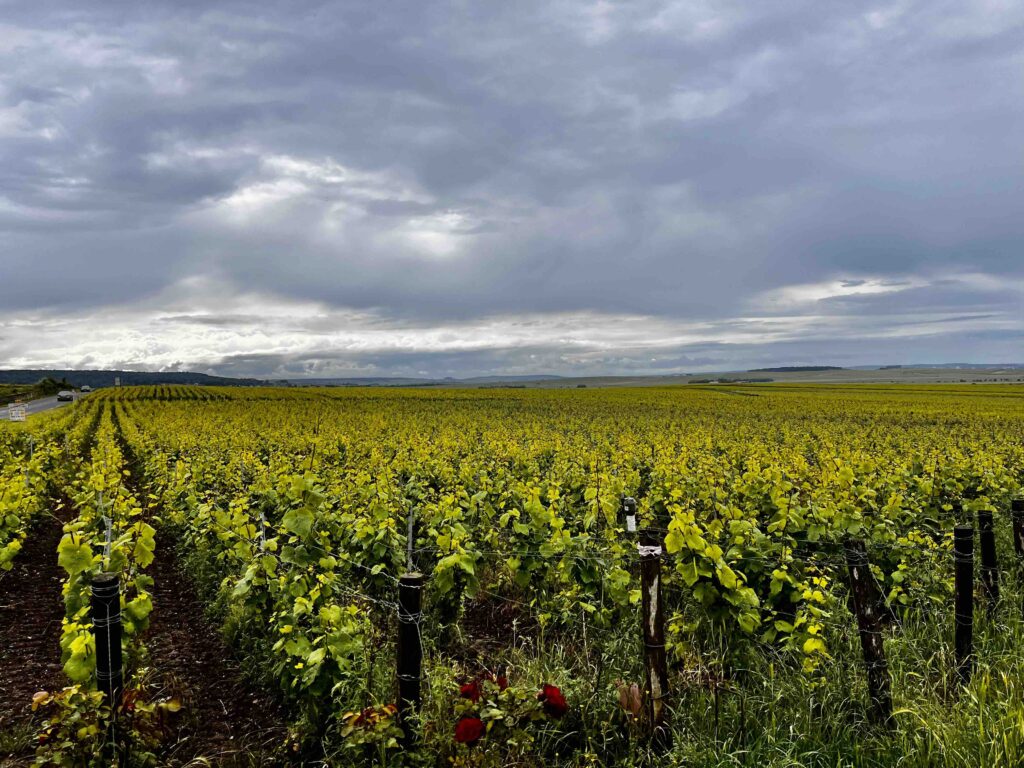Champagne, often synonymous with celebration and luxury, has a rich history and a unique production process that sets it apart from other sparkling wines. Whether you’re a connoisseur or a casual drinker, here are some fascinating facts about Champagne that will deepen your appreciation for this bubbly delight.
1. True Champagne Comes from the Champagne Region
Only sparkling wine produced in the Champagne region of northeastern France can legally be called “Champagne.” This region’s unique terroir, which includes chalky soil and a cool climate, contributes to the distinct characteristics of Champagne.
2. The Grapes of Champagne
Champagne is typically made from three primary grape varieties: Chardonnay, Pinot Noir, and Pinot Meunier. Each grape brings its own flavor profile and balance to the blend. Chardonnay adds elegance and finesse, Pinot Noir provides structure and depth, and Pinot Meunier contributes fruitiness and roundness.
3. The Méthode Champenoise
Champagne is made using a traditional method known as “Méthode Champenoise” or “Traditional Method.” This process involves a second fermentation in the bottle, which creates the iconic bubbles. The wine is aged on its lees (dead yeast cells) for a minimum of 15 months (non-vintage) or three years (vintage), adding complexity and depth to the flavor.
4. Champagne Classifications
Champagne is classified based on its sweetness level, which is determined by the amount of sugar added during the dosage stage. The classifications include:
- Brut Nature: No added sugar (0-3 g/L residual sugar)
- Extra Brut: Very dry (0-6 g/L)
- Brut: Dry (0-12 g/L)
- Extra Dry: Slightly sweet (12-17 g/L)
- Sec: Sweet (17-32 g/L)
- Demi-Sec: Sweeter (32-50 g/L)
- Doux: Very sweet (50+ g/L)
5. The Bubbles of Champagne
The bubbles in Champagne are formed during the second fermentation process. Each bottle of Champagne contains millions of tiny bubbles, which are smaller and more persistent than those found in other sparkling wines, thanks to the high pressure in the bottle.
6. Vintage vs. Non-Vintage
Champagne can be either vintage or non-vintage. Non-vintage Champagne is a blend of wines from multiple years, ensuring a consistent house style. Vintage Champagne, on the other hand, is made from grapes harvested in a single exceptional year, offering unique characteristics reflective of that year’s harvest.
7. The Iconic Pop
The iconic pop of a Champagne cork is a hallmark of celebrations worldwide. This sound is a result of the pressure inside the bottle, which is typically around 6 atmospheres – roughly three times the pressure in a car tire.
8. Champagne Bottles
Champagne is traditionally sold in a variety of bottle sizes, from the small split (187.5 ml) to the massive Nebuchadnezzar (15 liters). The standard bottle size is 750 ml, but larger bottles are often used for special occasions and are named after Biblical kings and figures.
9. Serving Champagne
Champagne is best served chilled, at a temperature of 45-50°F (7-10°C). Flute or tulip-shaped glasses are ideal for serving Champagne, as they help to preserve the bubbles and concentrate the aromas.
10. Champagne’s Rich History
Champagne has a long and storied history, with records dating back to Roman times. The region gained fame in the 17th century when it became associated with French royalty and celebrations. Iconic figures like Dom Pérignon and Madame Clicquot played significant roles in refining and popularizing Champagne production.
Conclusion
Champagne is more than just a sparkling wine; it’s a symbol of celebration, elegance, and tradition. Understanding these fascinating facts about Champagne enhances the experience of sipping this luxurious beverage, making each glass a journey through history, craftsmanship, and delight.
Whether you’re toasting to a special occasion or simply enjoying a glass of bubbly, remember that every sip of Champagne is a testament to centuries of winemaking excellence and the unique terroir of the Champagne region. Cheers!
